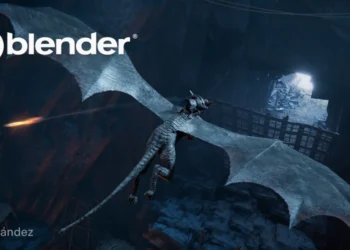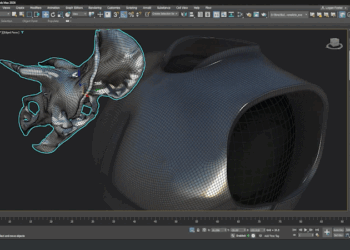Khronos Group, the Open Geospatial Consortium , and industry partners are developing support for 3D Gaussian Splats in glTF, their widely used 3D asset exchange format. The collaboration includes Esri, Cesium, and Niantic Spatial, with the goal of creating a standardized method for storing and sharing Gaussian splats across applications.
Gaussian splatting is a technique that represents 3D environments using radiance fields rather than traditional geometry. This approach captures details such as thin structures, transparency, reflections, and fine textures that are difficult to reproduce with photogrammetric meshes. The method has gained interest for its ability to produce high-fidelity content with efficient rendering – we’ve seen in appear in mainstream renders recently, including V-Ray.
The initiative incorporates Niantic Spatial’s SPZ format, an open-source file format that compresses Gaussian splats by up to 90 percent compared to PLY, while maintaining visual quality. SPZ is now part of a planned set of glTF extensions: KHR_gaussian_splatting, which defines Gaussian splats as point primitives with attributes for position, rotation, scale, transparency, and spherical harmonics, and KHR_gaussian_splatting_compression_spz, which allows efficient storage and streaming of SPZ data inside glTF.
The working group has tested the extensions on geospatial datasets and addressed challenges in representing long, linear features such as fences, rail tracks, and power lines. A recent update to the SPZ format improved rotational accuracy by introducing more efficient quaternion encoding, which improved rendering quality in these cases.
For more information, visit Khronos Group’s website
.







